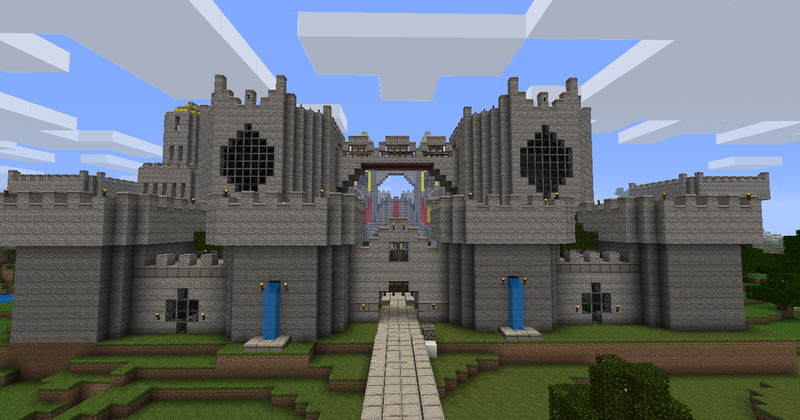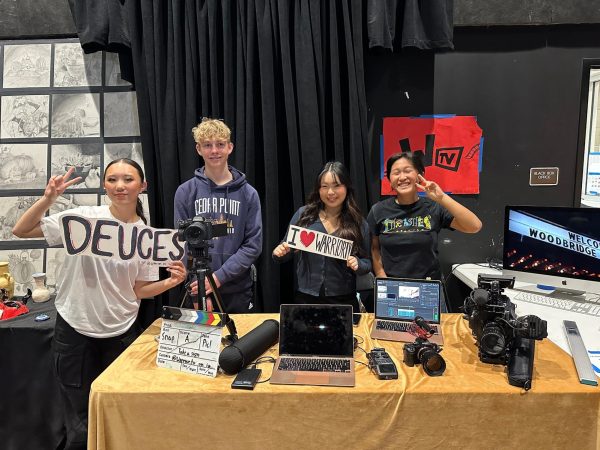Indie games: the future of video games
Photo courtesy of Kenming Wang
Minecraft is a popular indie game that brought attention to other lesser-known games.
Some people consider video games the ultimate art form because it combines other art forms such as music composition and visual drawing into an interactive package. Video games involve everything from writing stories to drawing environments. Because of this, creating games requires a lot of resources including money and people.
However, it is not impossible to create games alone or with a small group of people. In fact, many well-known games like “Minecraft”, “Five Nights at Freddy’s” and “Super Meatboy” are created by only one or two people. Games like these that are not created by a large team funded by a company are called indie games.
For an art form that combines various other art forms, it makes the most sense to gather different groups of people who specializes in those forms in order to create the best possible product. In a team, people can bounce ideas around to make design decisions that would be accepted by the largest audience. However, the downside is that the final product is a polished piece of work that has lost its voice after getting handled by many people.
Indie games shine in that they are not bound by the need to be acceptable nor appealing to the general audience. Because indie developers often make these games as a hobby in their free time rather than a job on which they are dependent, the games they create are unique, personalized artwork with distinct personalities.
Video games as an art form suffer from a strange conflict. On one hand, games are a form of expression for people, but on the other hand, games are designed to be played by people. Because most games are made to be sold and played, it would in the developer’s best interest to tailor its games to its audience. However, in doing so, the game becomes less meaningful as a form of expression. Monetization is a temptation for developers and a familiar example is “Angry Birds,” a once 99 cents app turning into a game filled with microtransactions. As a result of our profit-driven society, video games today predominantly exist as products rather than art.
Indie games are often buried deep or never even published. Only a few lucky ones (“Minecraft,” “Super Meatboy,” etc.) rise on the same level as the AAA, high-budget titles. Despite the low budget, indie games are worth checking out once in awhile. Just like browsing for a painting, it’s all about finding that one game that connects to you on a personal level.
Your donation will support the student journalists of Woodbridge High School. Your contribution will allow us to purchase equipment and cover our annual website hosting costs.








